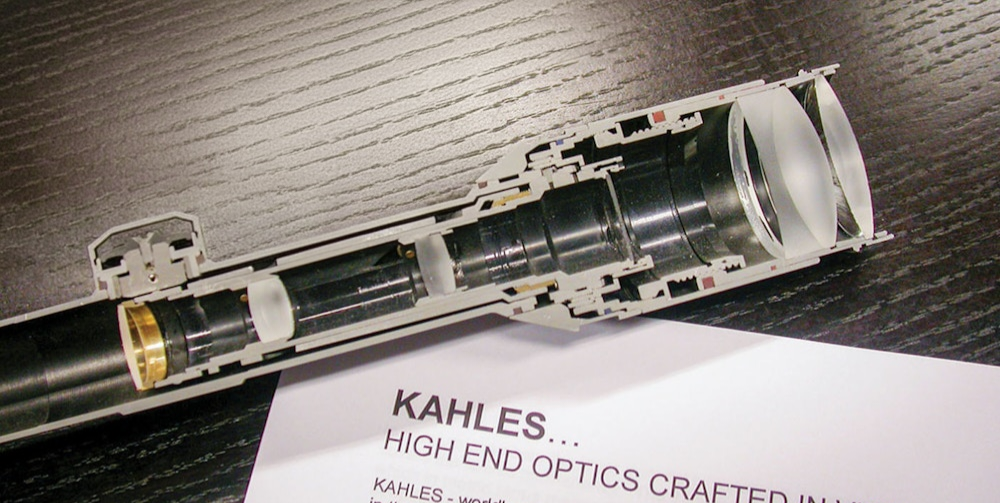

If you’re in the market for a riflescope, whether for hunting, long-range shooting, or tactical use, it’s crucial to understand how far optics technology has come. This comprehensive guide breaks down the most important features, innovations, and what to consider before buying a riflescope in today’s market.
1. Enhanced Internal Durability
Modern riflescopes are engineered with stronger internal components. Windage and elevation adjustments (W/E) are now more precise, repeatable, and reliable even after heavy recoil.
2. Parallax Adjustment and Dial Indicators
Most high-end scopes now include side or turret-based parallax adjustments. Some even include rotation indicators to avoid dialing errors during full turret rotations.
3. Illuminated Reticles with Smart Functions
Illuminated reticles are common in premium scopes. Multiple brightness settings and automatic shut-off features increase convenience and battery life.
4. Custom Trajectory-Matched Dials (TMD)
These dials are pre-cut and laser-etched for specific ballistic loads, allowing shooters to “dial the distance” with unmatched precision.
Sig Sauer BDX System
Sig’s BDX system revolutionized rangefinding in 2018. The user transfers ballistic data from a smartphone app to a BDX-compatible laser rangefinder. This rangefinder then communicates with the scope, illuminating the exact holdover point for a center hit.
Swarovski dS Smart Scope
Another top-tier innovation, the Swarovski dS, uses Bluetooth connectivity and digital customization features to deliver real-time ballistic correction directly inside the scope.
Premium Glass Types
Top manufacturers like Swarovski and Zeiss use dozens of custom optical glass types for different functions. These are ground and polished to extreme tolerances using lasers.
ED Glass for Chromatic Aberration Control
Extra-low dispersion (ED) glass is used to reduce color fringing and improve clarity. Paired with apochromatic lens systems, it significantly boosts image quality, especially in larger objectives.
Durability Testing
High-end optics undergo rigorous tests for:
Aspherical Lenses
These advanced lenses provide a flatter field of view and sharper image compared to traditional spherical lenses.
Why Bigger Isn’t Always Better
While 3-9×40 scopes used to dominate the market, shooters now demand wider magnification ranges (e.g., 3-18x, 4.5-27x, 5-25x). However, wider ranges mean more internal components, higher cost, and increased weight.
Exit Pupil Formula:
Exit Pupil = Objective Lens Diameter (mm) ÷ Magnification
At 6x magnification, a 42mm lens gives a 7mm exit pupil – ideal for low light. But beyond that, bigger objectives often add unnecessary bulk.
Second Focal Plane (SFP)
The reticle size stays constant throughout the magnification range. Preferred for hunting and general use.
First Focal Plane (FFP)
Reticle size scales with magnification, making it useful for ranging and tactical shooting. However, it can become too thick at high power.
Asian-Made Scopes Delivering Premium Value
Many mid-range to high-quality scopes are now manufactured in Japan or the Philippines. Even luxury brands source some glass from Asia, maintaining strict quality standards.
Mid-Range Market Sweet Spot
The most competitive riflescope market lies in the $300-$800 range. These scopes offer top-tier features without breaking the bank.
1. Define Your Use Case
Are you hunting, benchrest shooting, or competing in PRS? Each application benefits from specific features.
2. Know Your Budget
More expensive doesn’t always mean better. Great scopes exist at all price levels.
3. Prioritize Optical Quality Over Gimmicks
Fully multi-coated lenses, high-quality glass, and durable construction matter more than over-the-top digital features.
4. Consider Weight and Size
A 48-ounce scope with a 34mm tube might be overkill for a lightweight hunting rifle.
Yes. Today’s riflescopes are brighter, more durable, and more advanced than ever. Whether you choose a basic 3-9×40 for under $200 or a digitally enhanced long-range optic, the value comes from how well it fits your needs. Always balance price, performance, and practicality.
For more guides and expert reviews, explore our Riflescope Reviews section or contact us to find the best optic for your firearm.

